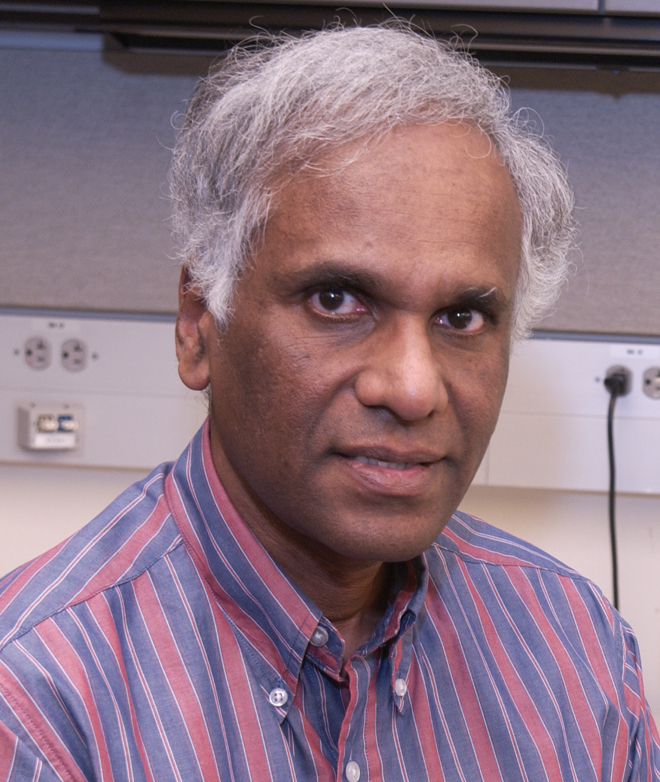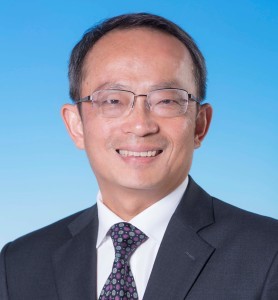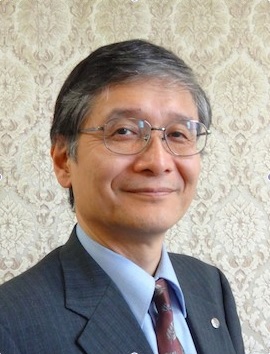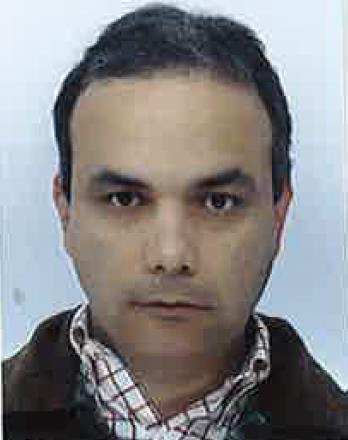Keynote Addresses
Keynote I : Tuesday, January 17, 9:00-10:35
In Memory of Edward J. McCluskey: The Next Wave of Pioneering Innovations
Organizers:
Prof. Subhasish Mitra (Stanford University)
Prof. Deming Chen (University of Illinois at Urbana-Champaign)
This special plenary session will celebrate Prof. McCluskey (who passed away in 2016) through three keynote speeches by world-renowned scholars on the next wave of pioneering innovations,
starting with a memorial speech by Prof. Jacob Abraham of University of Texas at Austin.
Memories of Professor Edward J. McCluskey
Memorial Speech:
Tribute to Professor Edward J. McCluskey

Prof. Jacob Abraham
The University of Texas at Austin
Keynote I-1:
Heterogeneous Integration of X-tronics: Design Automation and Education

Prof. K.-T. Tim Cheng
Hong Kong University of Science and Technology
Advances in photonics, flexible electronics, emerging memories, etc. and Si electronics’ integration with these devices have enabled new classes of integrated circuits and systems with enhanced functionality, higher performance, or lower power consumption. Driving greater integration of such heterogeneous X-tronics can facilitate the continued proliferation of low-cost micro-/nano-systems for a wide range of applications. However, achieving their large-scale integration will require design ecosystem and design automation tools/methodologies much like those that enabled electronic integration in previous decades. In this talk, I will briefly introduce two recent Manufacturing Innovation Institutes, on Integrated Photonics and on Flexible Hybrid Electronics respectively, and a research center on developing 3D Hybrid CMOS-memristor circuits, which bring together academia, industry, and federal partners to increase U.S. manufacturing competitiveness in these areas. I will then focus on their design automation efforts and highlight the needs, challenges and opportunities of developing a robust design ecosystem for X-tronics integration. I will also share the educational challenges of talent development for X-tronics design automation.
Keynote I-2:
Electronics for the Human Body

Prof. John Rogers
Northwestern University
Biology is soft, curvilinear and transient; modern semiconductor technologies are rigid, planar and everlasting. Electronic and optoelectronic systems that eliminate this profound mismatch in properties create opportunities for devices that can intimately integrate with the body, for diagnostic, therapeutic or surgical function with important, unique capabilities in biomedical research and clinical healthcare. Over the last decade, a convergence of new concepts in mechanical engineering, materials science, electrical engineering and advanced manufacturing has led to the emergence of diverse, novel classes of 'biocompatible' electronic platforms. This talk describes the key ideas, with examples ranging from wireless, skin-like electronic 'tattoos' for continuous monitoring of physiological health, to multiplexed, conformal sensor sheets for mapping cardiac electrophysiology, to bioresorbable intracranial sensors for treating traumatic brain injury.
Keynote I-3:
Design of Society: Beyond Digital System Design

Prof. Hiroto Yasuura
Kyushu University
The progress of digital system design and production technologies have produced social innovation by Information Communication Technology (ICT). Most social systems and our daily lives are fully supported by ICT. The progress has been accelerated exponentially and destructive innovations have occurred in various fields in industries and societies. Governments emphasize Industry 4.0 or Society 5.0 and people are looking for new businesses with IoT and AI with Big Data. In this talk, I will look back on the growth of ICT and look forward to future society which we will create using ICT. We can say that design technology of digital systems is now expanding to design of societies.
Keynote II : Wednesday, January 18, 9:00-9:50
Emerging Medical Technologies for Interfacing the Brain: From Deep Brain Stimulation to Brain Computer Interfaces

Dr. Napoleon Torres-Martinez
CEA LETI
Evolving medical technologies, including stimulators, infusion pumps, and neuroprosthesis, are addressing progressively a wide range of neurological conditions, bringing fresh hope to patients where other solutions have proven to be ineffective. In this context, brain-computer interfaces (BCIs), that allow interaction between neural tissue and an external device, have been developed for a many diverse conditions; in particular, they have allowed severely motor disabled patients to communicate and integrate better within their environment. Further, brain electrical stimulators or deep brain stimulators (DBS) have been in use for several decades for Parkinson disease and others diseases, giving patients new levels of quality of life not possible with more conventional pharmacological therapies. In addition, there are recent reports of various physical optical phenomena that produce a reduction in degeneration within targeted brain areas, opening new avenues for the treatment of neurological debilitating conditions. All these advances are however, limited by the mandatory long process of technological maturation and testing, for the benefit optimization and safety. Our institution has been developing new devices in these key areas, integrating medical teams and engineering expert from the device conception, addressing clear clinical problems from the early steps. New technologies are being made simpler and ever more close to reality and clinical trial than before; the design of innovative solutions to improve implantable devices opens a new era in clinical research.
Keynote III : Thursday, January 19, 9:00-9:50
All-Programmable FPGAs: More Powerful Devices Require More Powerful Tools

Dr. Steve Trimberger
Xilinx Research Labs
Since their inception, FPGAs have changed significantly in their capacity and architecture. The devices we use today are called upon to solve problems in mixed-signal, high-speed communications, signal processing and compute acceleration that early devices could not address. The devices continue to grow in capability and complexity. In order for designers to use them effectively, new tools are required. This talk describes the evolution of FPGA devices and tools from the earliest days to the present day, and outlines the devices and tools needed in the coming decade.







